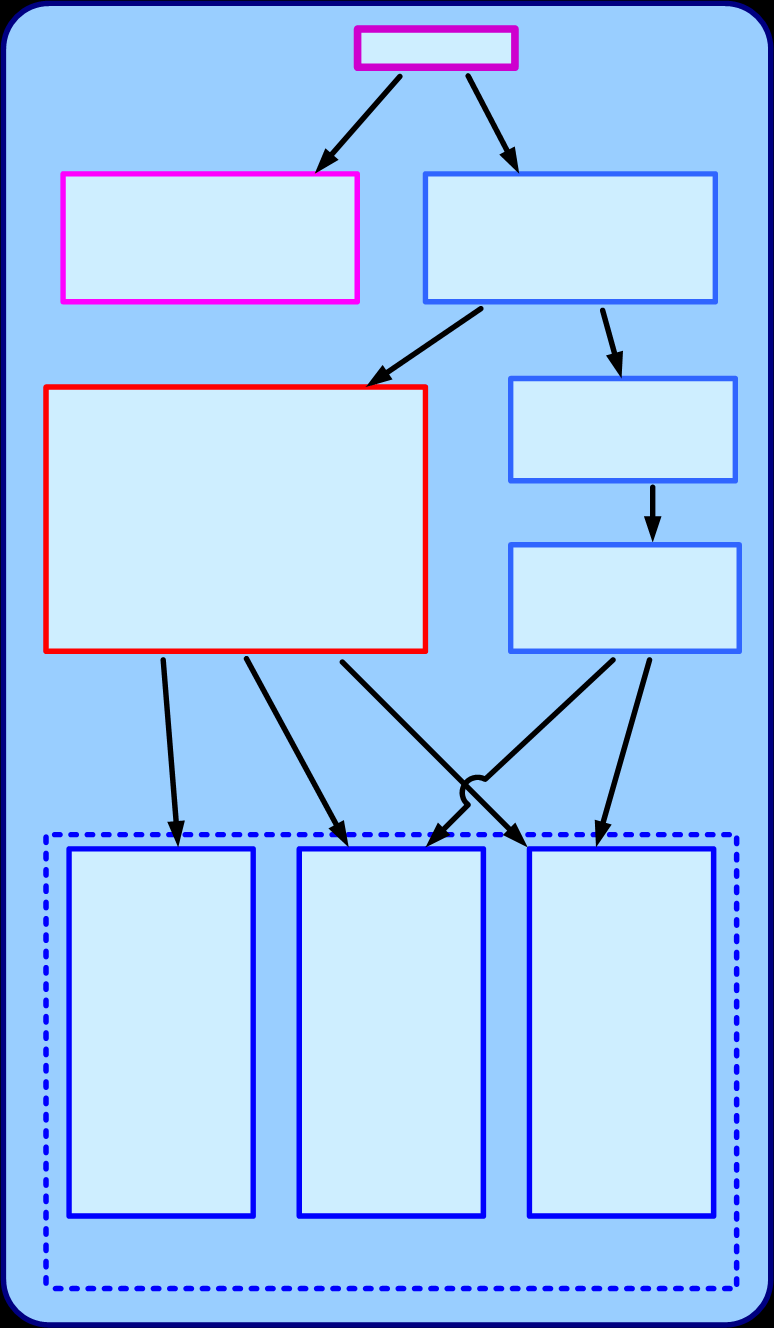
The Multi-engine Class Rating is acquired to enable pilot privileges in multi-engine aircraft. Students must successfully complete a flight test, Training revolves primarily around management of the aircraft during and after an engine failure. Since most commercial flight operations are conducted in multi-engine aircraft, this program is completed by most Commercial PIlot students. Minimum costs: $2827. Minimum completion: 1 week.
more... The Instrument Rating permits flight without visual reference to the ground--"cloud flying." Instrument pilots are training to track vertical and lateral electronic signals enabling them to descend to within 200' of a runway threshold without visual reference to the ground. Since most commercial flight operations are conducted in all weather, this program is completed by most Commercial PIlot students. Minimum costs: $4673 (Single-engine), $6155 (Multi-engine). Minimum completion: 1 month.
more... Acquired by Commercial Pilots to become Flight Instructors. Only Flight Instructors can provide training towards the Private Pilot and Commercial Pilot Licenses. Training includes 30 hours of ground training related to the delivery of flight lessons, and an additional 30 hours of air instruction related to flight proficiency and the delivery of air instruction. Students must complete a written examination and a flight test. Minimum costs: $7482.50. Minimum completion: 2 months.
more...
Acquired by Private Pilots to permit flight above cloud. Minimum costs: $788. Minimum completion: 2 weeks.
more... Acquired by Private Pilots to permit night-flying privileges. Minimum costs: $2398. Minimum completion: 2 weeks.
more...
Licensed work as Commercial Pilot, but restricted to single-engine aircraft in visual flight conditions--Multi-engine and Instrument Rating required for em- ployment with airline. This licence is internationally recognized, but licence conversion is required for employment abroad. Licence includes both Night and VFR Over-the-top pilot Ratings. Commercial Pilot training requires 20 hours of instrument flight training (flight with reference to the aircraft instrument panel only), in addtion to the 5 hours instrument training acquired in Private Pilot Licence training; this 20 hours is applie to the Instrument Rating training.. Multi-engine training may also be included as part of the Commercial Pilot Training. In addition to the flight training provided by this program, Commercial Pilots must have 200 hours flight experience, including 100 hours Pilot-in-command. Minimum cost: $10530. Minimum completion time: 3 months. Additional time-building costs: $10368. more...
Pilot Licences and Ratings
Recreational flying only, but is prerequisite for Commercial Pilot Licence. International flying permitted, in any aircraft without passenger restrictions. All advanced ratings may be acquired with additional training. Minimum cost: $8299. Minimum completion: 1 month.
more...
Recreational Pilot Permit Program
For recreation flying only, restricted in Canada with one passenger only (flight into the U.S. is prohibited). Flight permitted only in four-passenger aircraft or smaller. Train-ing does not include instrument flying. Minimum cost: $4949. Minimum completion time: 1 month.
more...
Part-time or Full-time Studies
Approximately one-half of the students at Langley Flying School are full-time, and the other half is engaged in part-time training. Full-time students attend during the week-days, and half their day is dedicated to air training, and the other half is ground-school studies. Part-time student conduct air training thoughout the week at varied times, and their primary Flight Instructor oversees their progress through their program's curri-culum. Part-time students attend evening groundschool classes and weekend tutorials; their groundschool sessions last 3 months, beginning the first week in September, the first week in February, and the first week in June. Full-time programs begin twice a year, starting the first week of January and the first week of July. For on full-time studies, see Langley Flying School's Professional Pilot Program.
Basic Features of Flight Training
Practically all pilot training involves a "ground-school" and "air" component. The groundschool prepares students to write the qualifying Transport Canada written examination, while the air training prepares students to undertake the qualifying Transport Canada Flight Test. The air training is the fun part of learning to fly, and is generally easy (although pilots won't admit this), while the groundschool entails hard work, organized self study, and commitment (actually...it can be fun and interesting too). With respect to cost, air training is generally expensive, while groundschool is comparatively inexpensive. Student preparation for training flight is crucial for keeping costs to a minimum. Completion costs for Private Pilots varies considerably with skill and frequency of training, while the cost of Commercial Pilot training is more predictable, and students generally have advanced skills.



.jpg)

